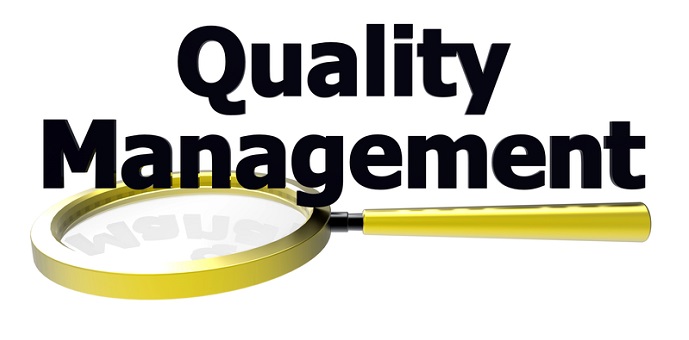Steven Bentley MD of Sofema Aviation Services believes it is time to recognize Quality (QAS) as a component of our organisations SMS.
Where Should an EASA Compliant Quality Assurance System “Sit” in relation to the Organisations SMS?
Introduction
Historically (and growing up in the workplace through the 1970’s I can attest to the fact) there was no formal Quality Assurance within European Aviation Operations.
Of course we had Quality Control and the Role of Flight Operations Director and within Maintenance the Role of “Chief Inspector”.
As the Joint Airworthiness Authority’s influence grew the concept of an independent assessment of conformity became the acceptable way of demonstrating compliance.
At the same time the notion of “Quality Control” continues to function and is essentially embedded in all aspects of the delivery of the “product” or “outcome”.
The Problem with Quality Assurance
The challenge of Quality Auditing is that it evaluates evidence – either documentary or visually – no evidence means no finding.
So a Compliance Audit is essentially a snap shot of the situation and is not able to reflect on the future or to “audit” the potential for exposures into the future.
Without a requirement (audit source ref) there can be no finding and without physical evidence during the audit there can be no finding.
Safety Management System (SMS) to the Rescue
Starting around Mid-1980’s International Civil Aviation Organisation (ICAO) commenced work on what has ultimately become ICAO Annex 19 creating a requirement for a Safety Management System (SMS) within Industry and a State Safety Policy (SSP) for nations.
Formally introduced in 2009 with the obligation to Introduce SMS Proactive Behaviours into Operators, Maintenance Organisations, Airports, Air Traffic Control & Air Navigation Services. SMS has steadily moved to a pre-eminent position.
What Does SMS Do Exactly?
SMS looks at the Hazards within a Business Area or Aviation Environment. By Gathering and Understanding of the Hazards we can develop processes to look at Risk (a Subjective Term used when we analyse the exposure of a given Hazard).
Once we understand the “Risk” we can move to develop mitigations (ways and means of lowering the Risk).
How to Connect Quality and Safety
If we consider that SMS is a (or “the” ) dominant activity as it is Organisationally wide and looks at all business exposures – the effectiveness of the Quality Assurance System becomes a consideration relevant to an effective SMS.
SMS Questions to Consider related to the QMS
Consider the following as Source Questions
a) How effective is the QMS?
b) How do you measure this?
c) What is the level of Regulatory Findings during Audit (QA & QC)?
d) How is the GAP between Regulatory found and & Internally found QA issues?
e) How is the GAP between Regulatory found and & Internally found QC issues?
f) How is the GAP between Internally found QA “findings” and & Internally (business area owner) found QC issues?
Sofema Aviation Services www.sassofia.com (SAS) and our partner SofemaOnline www.sofemaonline.com (SOL) offer both classroom based and online regulatory training course compliant with EASA Regulations. For additional details please see the websites or email office@sassofia.com or online@sassofia.com
Tags:
QA, Risk, Aviation Quality Auditing, SMS, QC, Aviation Safety Management System




